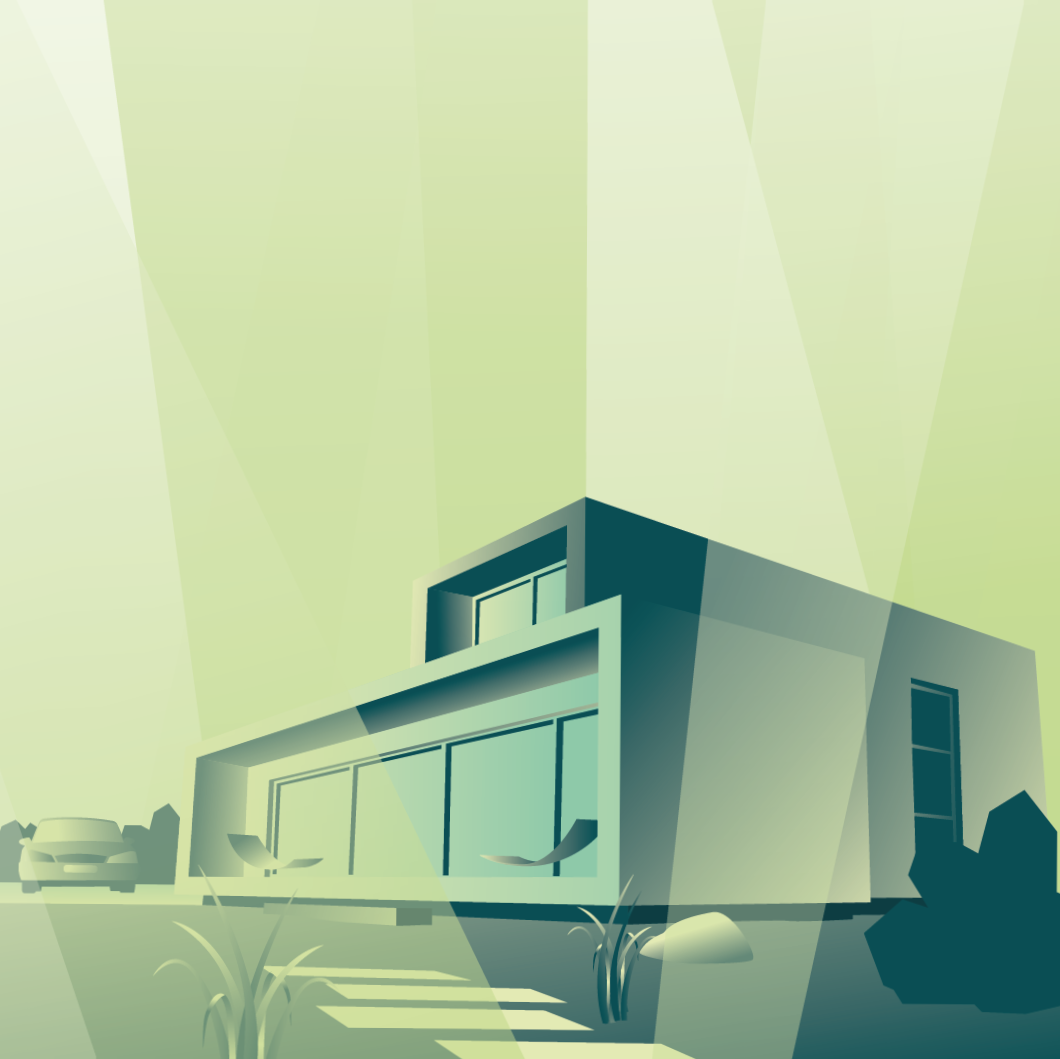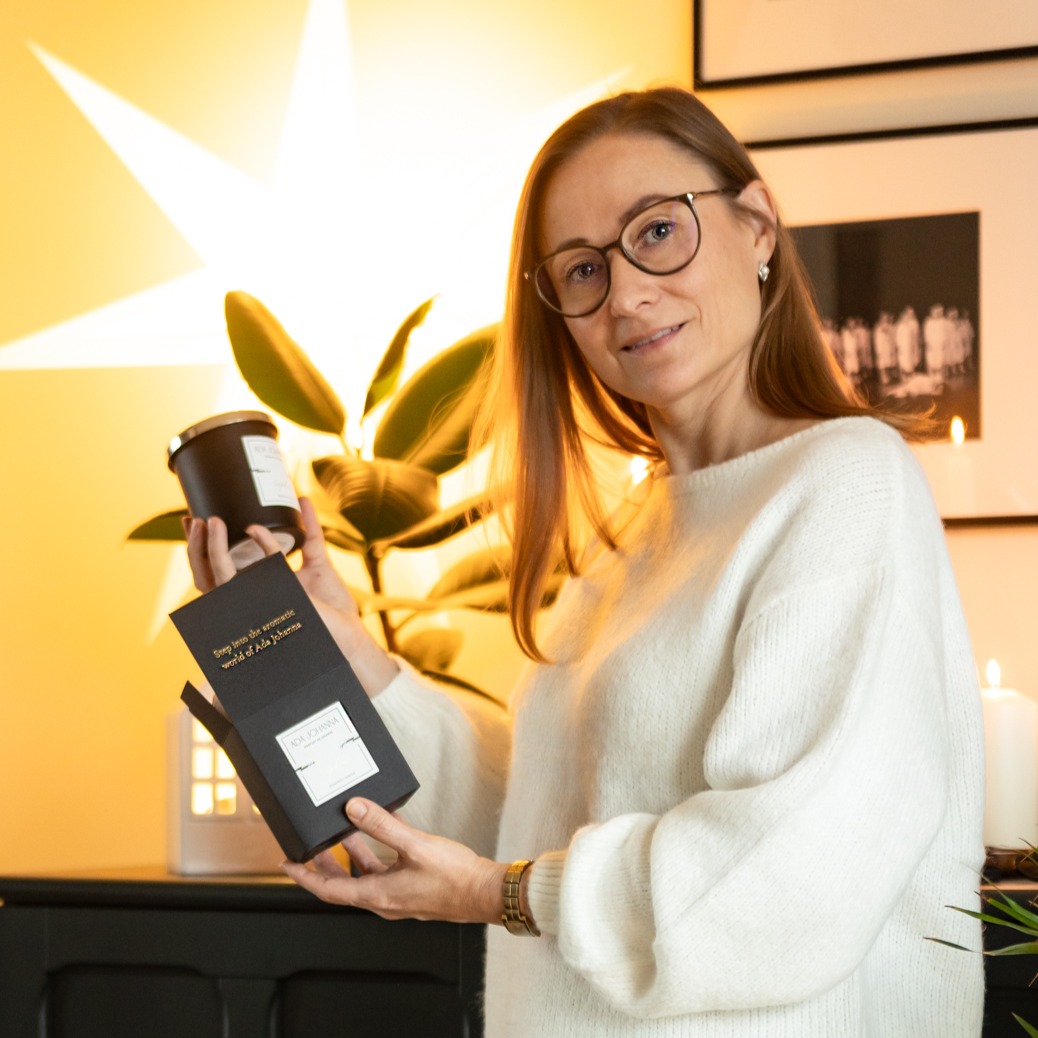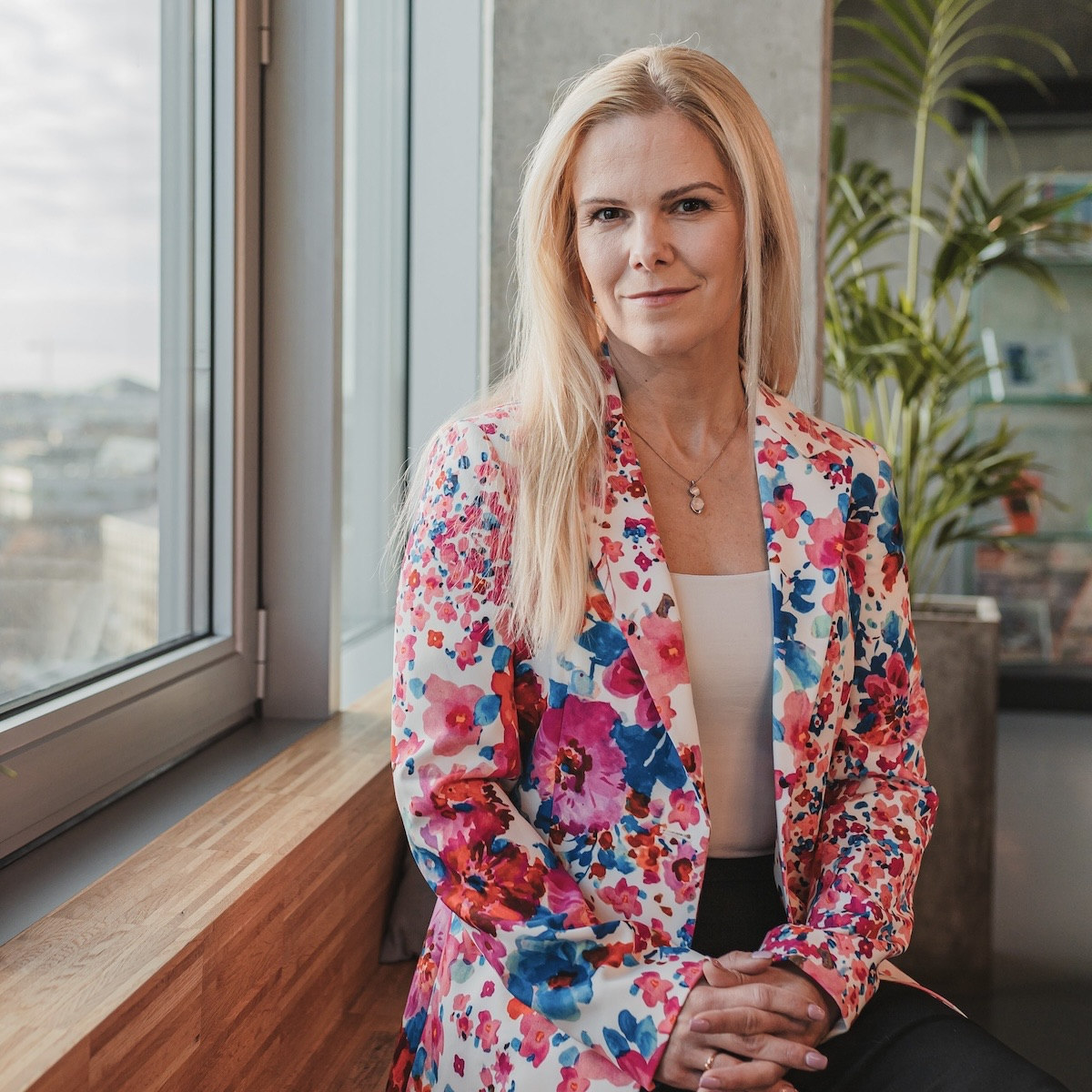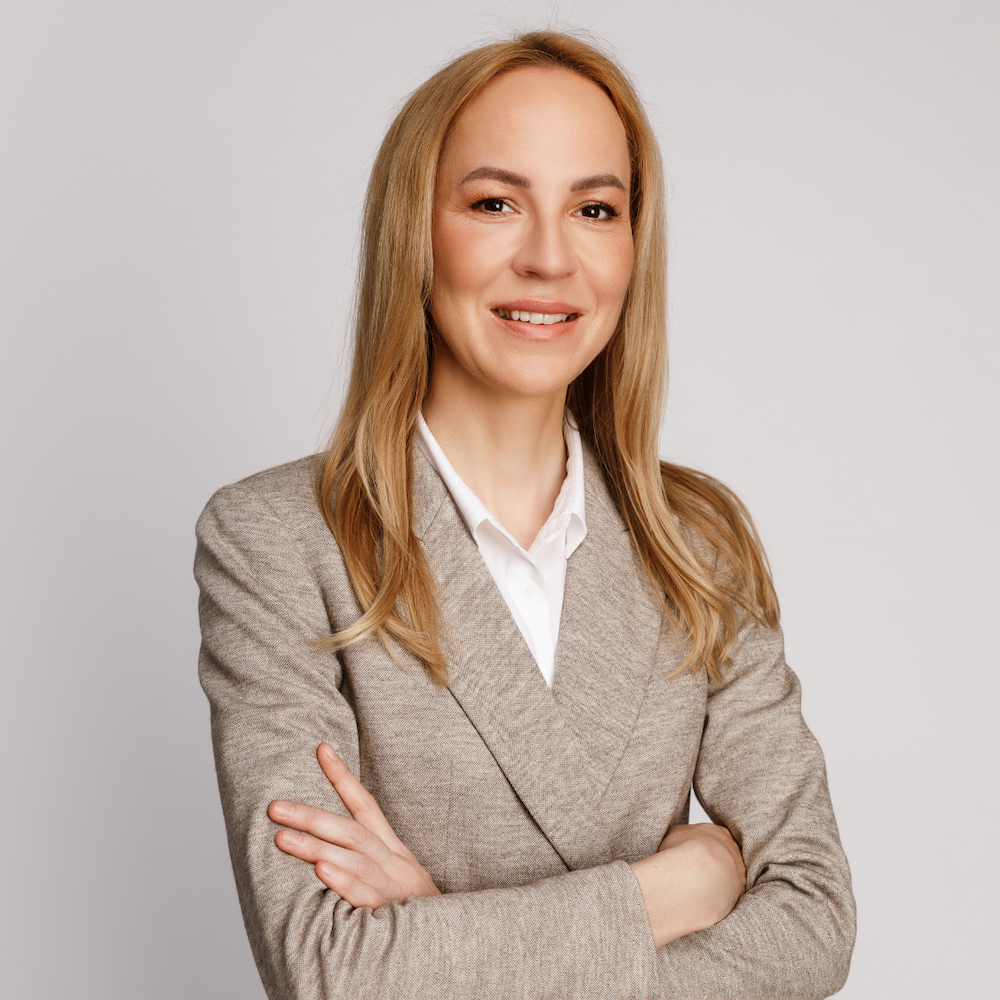
The current market situation gives those interested in buying a summer home the opportunity to take a leisurely look around and choose the one that suits them best at advantageous terms.
The coronavirus pandemic led to a surge in demand for cottages, as it became clear that increasingly more people could and wanted to work away from the office, either partly or fully. However, this trend has slowed somewhat over the past year due to the uncertain economy, and compared to the spring of last year, people’s interest in cottages is more modest. According to Annika Goroško, the Head of Retail Banking at LHV, people have become more cautious about taking on additional liabilities, which is to be expected in a cooling economy.
However, less competition gives those who still have the capacity to borrow and who are interested in buying their very own summer home in a beautiful location the chance to take a leisurely look around and find the best possible option. ‘Now is the best time to choose a summer home, as the number of people interested increases as the summer approaches, so it is a good idea to start competing early for good real estate,’ says Goroško.
Despite the current lull, Estonians are catching up with their northern neighbours in terms of lifestyle, where owning a home in the countryside has long been popular, allowing family and friends to spend time in nature and even grow fresh food, says Goroško. ‘Of course, the pandemic and the flexibility of employers to allow people to work remotely gave a definitive boost to the charm of rural homes. On the other hand, there are also those who have bought a cottage as an investment, as real estate prices in general have increased over time,’ notes Goroško.
‘Depending on the location, the average price of a summer house is between 50,000–75,000 euros, and even lower in some locations. The term of a real estate loan can be up to 30 years, making the monthly loan repayment for a cottage quite affordable. For example, in the case of a loan amount between 35,000–52,000 euros and self-financing of 30%, the monthly repayment in the case of a 30-year term will remain around 240–350 euros,’ explains Goroško.
Today’s modern modular cottages also play a role in the popularity of summer homes, attracting buyers with their low price and quick and easy installation. Although a mobile home does not qualify as collateral for a loan, it is possible to take out a loan on the security of an existing home if the value of the collateral allows it.
If you are buying a cottage in need of major renovation, you can also use your existing property as collateral for the loan. For example, if the cost of a cottage is 50,000 euros and you need 20,000 euros for repairs, you can take out a loan from the bank to buy and repair the cottage if you have other real estate as collateral. In such a case, the value of an existing apartment, for example, should allow for a loan of 70,000 euros.
A summer home or a second home?
LHV’s analysis of home loans shows that although the majority of loans are still issued in Harju and Tartu counties, the share of homes purchased in rural areas and elsewhere in Estonia is steadily rising. ‘In recent times, we have observed a trend to build a second home outside the city or even move to the countryside altogether. We are issuing increasingly more home loans to people who buy a house out of town with the intention of living there for part of the year or even permanently,’ notes Goroško.
If the summer home becomes a second home for the family, it can be financed with a home loan. However, if it is a temporary residence, it is financed by a private loan, which has a slightly higher interest rate but other terms and conditions similar to a home loan.
Expectations for a summer home
Goroško says that in addition to whether a summer home will become a second home or a temporary rest area, one should also think about their expectations of the summer home. ‘Are they simply looking for a different environment with all the comforts, or do they desire complete seclusion? In the case of the latter, you need to make sure that the necessary utility connections, including sewerage and electricity, are available or can be built at a reasonable cost. It is also important to assess the access roads to the summer home: it is worth looking into whether the local government maintains the roads in winter or whether you have to keep these clear of snow yourself,’ advises Goroško.
Realistic assessment of financial capacity
Goroško says that alongside needs and expectations, it is important to assess one’s actual financial capacity. Nowadays, people are very aware of their financial capacity, and are also able to consider the fluctuations in interest rates over time,’ she says, pointing to the positive aspects. She stresses that before taking out a loan, it is important to make thorough calculations in the family budget and analyse its financial situation. Loan calculators help with this, enabling one to estimate monthly repayments, taking into account the current Euribor rate of 3.9%, which could decrease this year. Many banks are actively looking for clients, so it is always worth looking into whether it is possible to refinance your existing loan with another bank under better terms.
Buying a cottage or a second home is a big step that offers families the chance to spend quality time in nature, away from the hustle and bustle of the city, contributing to our physical and mental health.




